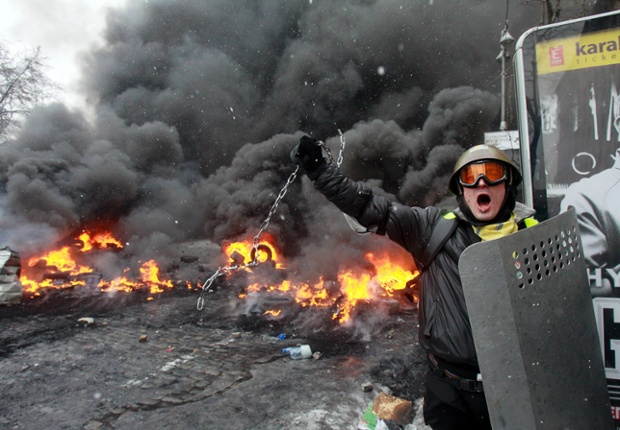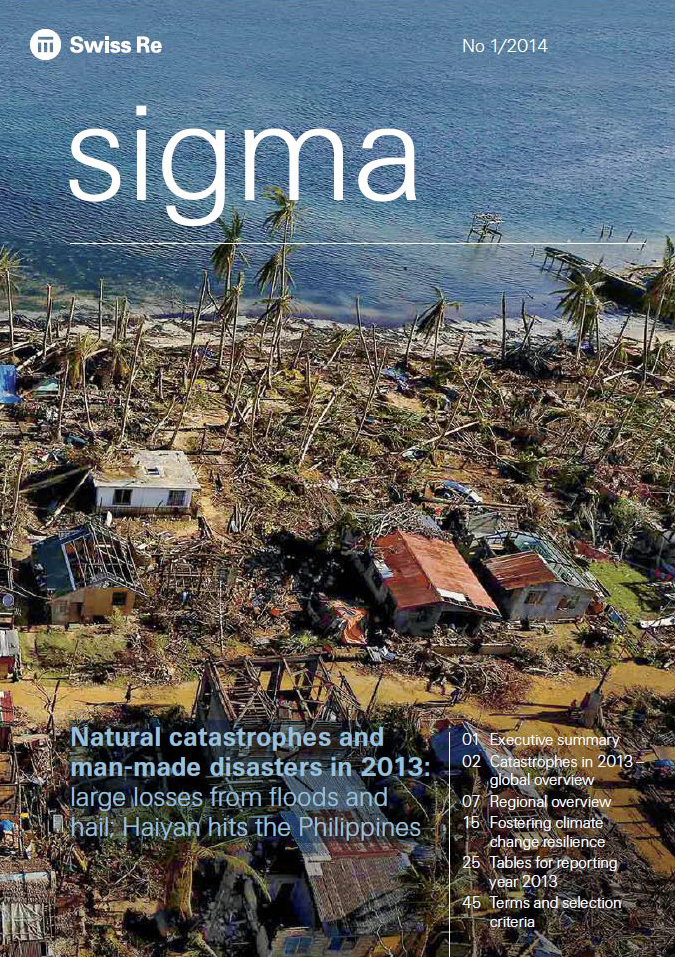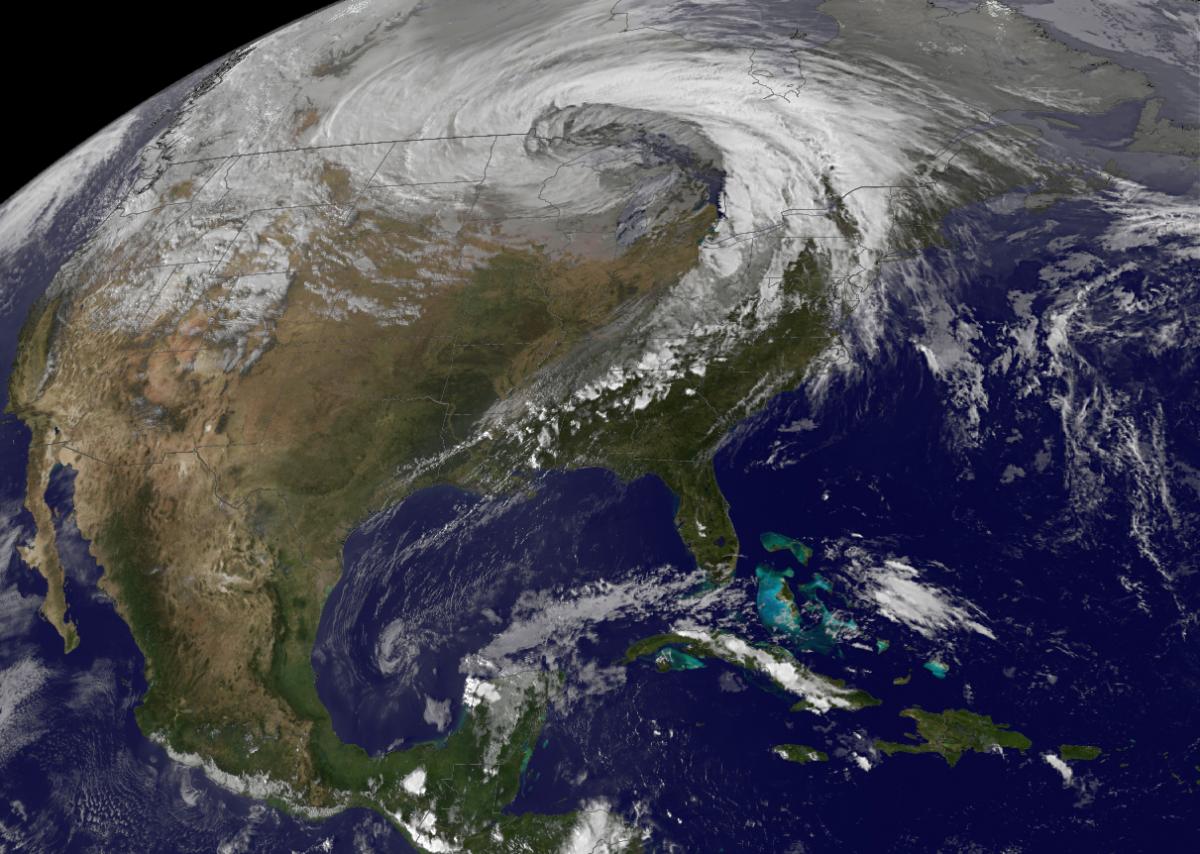
A protester in Ukraine swings a metal chain during clashes - a taste of things to come? Photograph: Gleb Garanich/Reuters
submitted by Mikayla McDonald
From South America to South Asia, a new age of unrest is in full swing as industrial civilisation transitions to post-carbon reality
theguardian.com - by Nafeez Ahmed - February 28, 2014
If anyone had hoped that the Arab Spring and Occupy protests a few years back were one-off episodes that would soon give way to more stability, they have another thing coming. The hope was that ongoing economic recovery would return to pre-crash levels of growth, alleviating the grievances fueling the fires of civil unrest, stoked by years of recession. . .
. . . The recent cases illustrate not just an explicit link between civil unrest and an increasingly volatile global food system, but also the root of this problem in the increasing unsustainability of our chronic civilisational addiction to fossil fuels. . .
. . . Of course, the elephant in the room is climate change.








Recent Comments